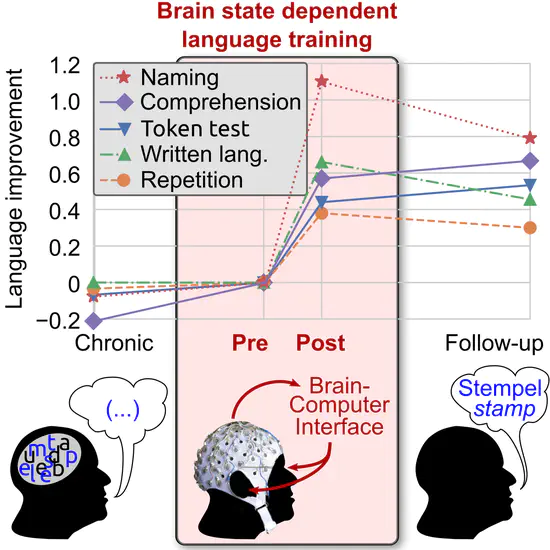Join us for thesis projects, lab rotations, internships!
We welcome applications by visiting PhD students and PostDocs, and from students of the Radboud University who want to do projects in our lab. We can offer projects for
- lab rotations
- internships
- thesis projects (BSc and MSc).
Most projects are centered around the development of machine learning algorithms for the decoding of brain signals or encoding of brain states. Compared to other types of data, these time-series signals pose specific challenges. We develop algorithms to cope with these challenges in order to conduct fundamental research or to translate the algorithms into clinical and non-clinical neurotechnological applications. Well-known examples are brain-computer interfaces (BCI) for communication and control, BCI-supported rehabilitation approaches, adaptive closed-loop deep brain stimulation and novel human-robot interaction paradigms.
Prerequisites
The projects in our lab mostly have a data-driven focus, such that a solid background in machine learning / artificial intelligence, math and good programming skills (Python) is a must for most projects. The individual project descriptions listed below may provide further details.
External Students
For applications from external Master or PhD students, the following factors must be taken into account:
- We have no means to provide funding for the duration of the project. Living costs in Nijmegen are approx. 1700 EUR per month.
- As the time overhead to ramp yourself up into a novel research topic is substantial, we can only accept external students who stay 6 months at least.
Example Topics
To tickle your fancy, we have listed a few ready-to-go projects. Upon request, we can also tailor projects to your background and interest, given it has some relevance for our research goals.
*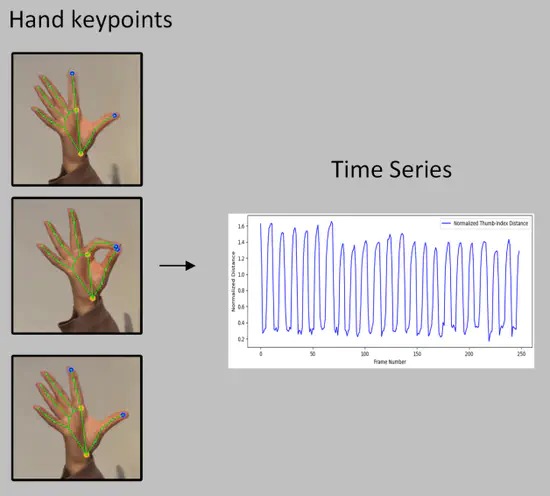
Modelling fast vs. large/precise movements
Context Behavioural tasks are used frequently to assess motor abilities. Examples are hand movement tasks used to monitor the progress of a motor disease like Parkinson’s, or the use in fundamental research.

Adaptive CCA for c-VEP BCI
Context The brain-computer interface (BCI) that uses the code-modulated visual evoked potential (c-VEP) is one of the fastest non-implanted BCIs wordwide. A much used machine learning technique in c-VEP BCI is canonical correlation analysis (CCA).
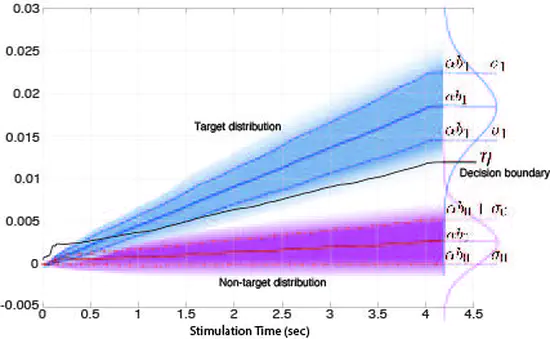
Bayesian dynamic stopping for BCI
Context Many conventional BCI systems adhere to fixed trial lengths. This allows users to issue commands only at predetermined intervals and using a constant amount of EEG data. Various more sophisticated methods have emerged to optimize trial duration dynamically, taking into account the non-stationary data.

Code-modulated BCI paradigms
Context A brain-computer interface (BCI) can use a diverse array of control signals, decodable from measured electroencephalogram (EEG) data. One such control signal is the code-modulated evoked potential, which is the response to pseudo-random sensory events.
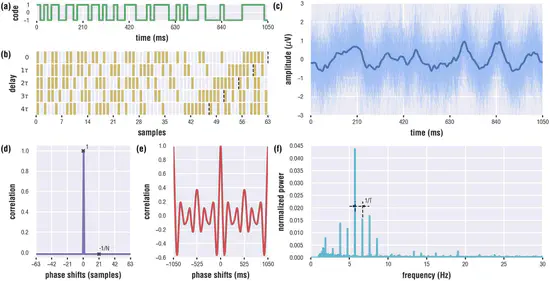
Stimulus characteristics of c-VEP BCI
Context A brain-computer interface (BCI) has the capability to use a diverse array of control signals decoded from measured electroencephalogram (EEG) data. One notably effective control signal for achieving high accuracy and speed in BCI performance, particularly in communication and control applications, is the code-modulated visual evoked potential (c-VEP).
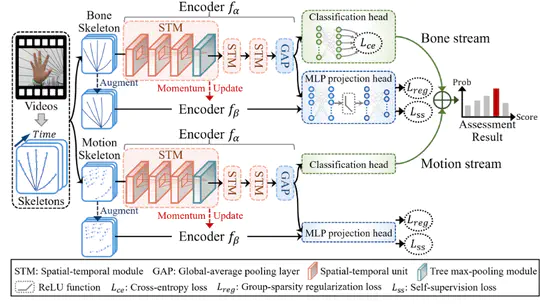
Digital biomarkers for Parkinson’s Disease
Context Parkinson’s Disease (PD) is a progressive neurodegenerative disorder primarily characterized by motor symptoms such as tremors, bradykinesia, and postural instability. Accurate monitoring of these symptoms is crucial for effective treatment and management of the disease.
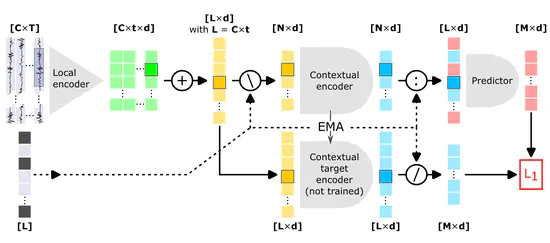
Bringing deep learning decoding models to the lab
Problem Many deep learning-based decoding methods have been developed in the past years for BCI applications with the aim of solving various challenges in the field. These challenges may include the ability to handle multiple EEG channel sets, to adapt to changing noise distributions in the data, to handle corrupted channels, or to calibrate using very few examples.
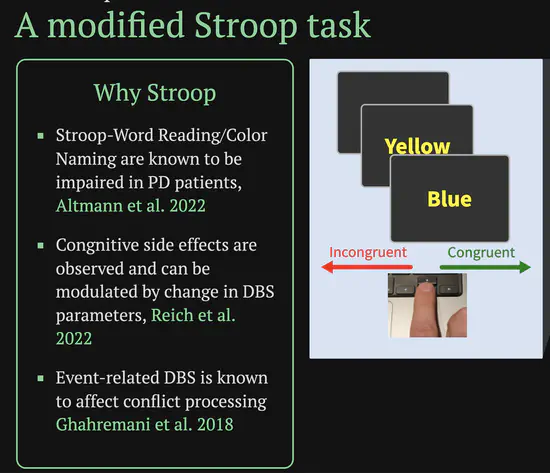
Stroop metric in modified task
The Stroop effect is a well studied phenomenon in psychology. It is often used in cognitive neuroscience to study attention and cognitive control. In a typical experiment, subjects are presented with a word that names a color (e.

Adaptation Strategies for Block-Toeplitz Regularized Linear Discriminant Analysis
While most machine learning methods make the assumption that data is i.i.d., the brain signal features collected within a brain-computer interface (BCI) experiment and even over multiple BCI sessions typically change over time.

Language-training induced coherency effects in stroke patients with aphasia
Context Left-hemispheric stroke can lead to different language deficits, which are a heavy burden both, for the individual and his/her social interaction, as well as for society. While spontaneous recovery in the first weeks after the stroke may reduce this so-called aphasia, many patients remain with different language problems also in the chronic phase.
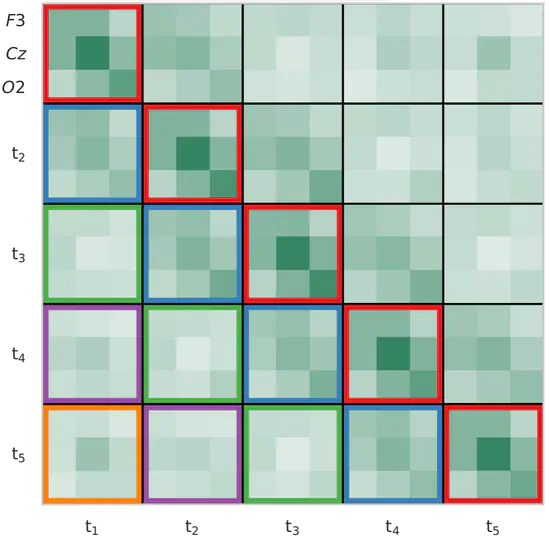
Influence of Artifacts upon Block-Toeplitz Regularized Covariance Matrices
For many machine learning methods in BCI, covariance matrices (more precisely: sample covariance matrix, SCM) are used to describe, how background brain signals auto-covary over time within a single measured EEG channel, and also how the signals of multiple channels cross-covary that are distributed over the scalp.
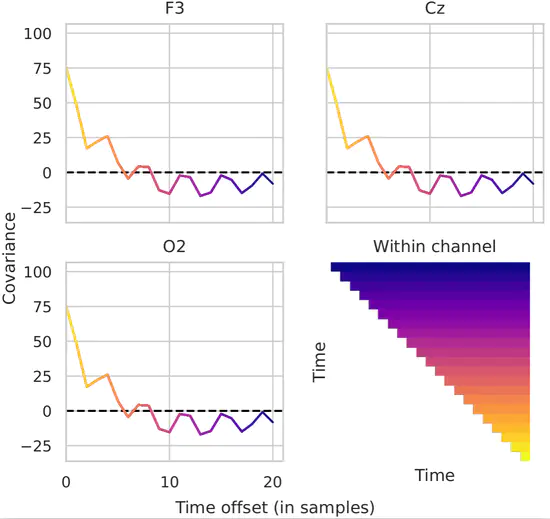
Influence of Tapering Strategies upon Block-Toeplitz LDA
For many machine learning methods in BCI, covariance matrices (more precisely: sample covariance matrix, SCM) are used to describe, how background brain signals auto-covary over time within a single measured EEG channel, and also how the signals of multiple channels cross-covary that are distributed over the scalp.

Influence of Dataset Size on Subclass-Aware Decoding of Word ERPs
Brain-computer interface (BCI) protocols, which make use of an event-related potential protocol typically provide different external stimuli to users and record, if one of these stimuli was perceived as an attended target stimulus, while the other stimuli should have been ignored as so-called non-target stimuli.
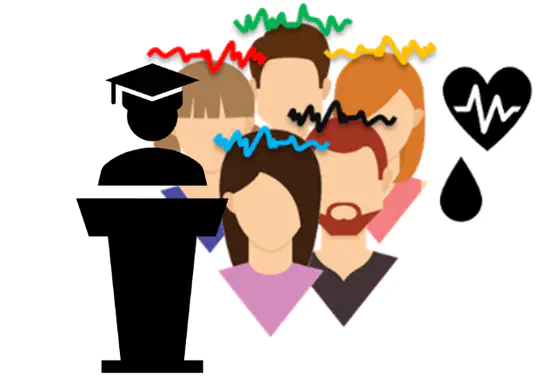
Interpersonal physiological synchrony to monitor attention in a group
Context EEG signals in different individuals attending to the same narrative or movie clip have been found to be more similar to each other when they are attending this stimulus compared to when they are not.
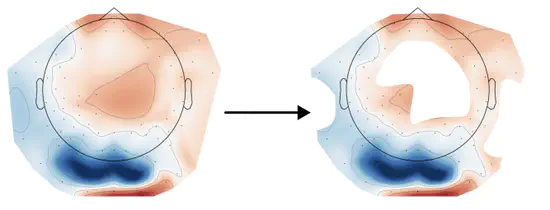
No interpolation for topoplots
The mne library offers a builtin plotting option for what is commonly referred to as topo plots. These plots take a single value per EEG/MEG channel and try to show the distribution across the scalp by proving a ventral (top -> down) view of the channel positions and interpolating values in between to create a quasi-head-shaped heatmap.
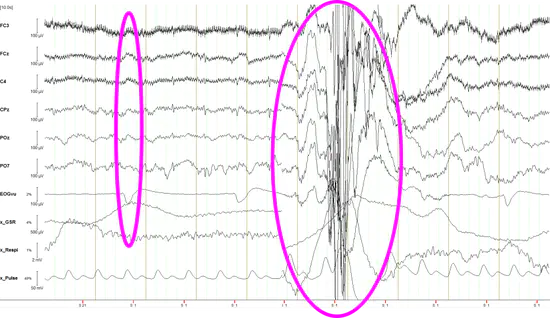
Learning to repair artifacts in brain signals
Electric and magnetic brain signals recordings (M/EEG, sEEG, LFP) are prone to a contamination by so-called artifacts, which do not have a neural origin but are caused by sensor problems, external electro-magnetic sources, or by bio-signals such as muscle activity.

Estimating ERP Classification Performance from Oscillations
Context Many experimental protocols for brain-computer interfaces (BCIs) present a sequence of stimuli to the user. By attending one type of stimulus and by ignoring other stimuli, so-called target and non-target responses are evoked, which can be measured by M/EEG and decoded by the BCI.
